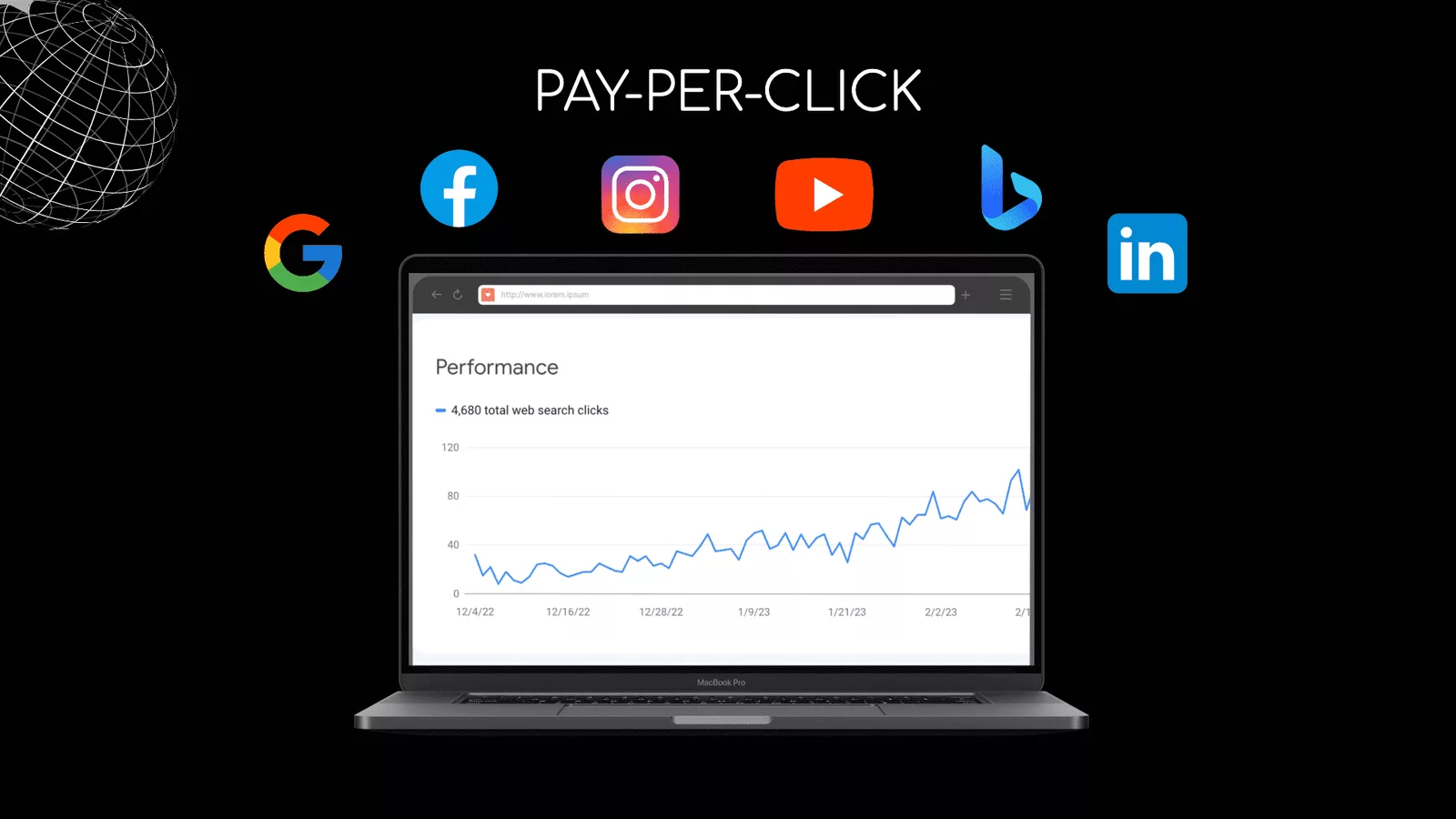As online competition increases, it has become increasingly essential for businesses to optimize their search engine marketing (SEM) strategies.
By utilizing the right tactics, you can improve your online visibility and attract more traffic to your website. This article will guide you on how to optimize your SEM strategy and get the most out of your online presence.
Understanding Search Engine Marketing (SEM)
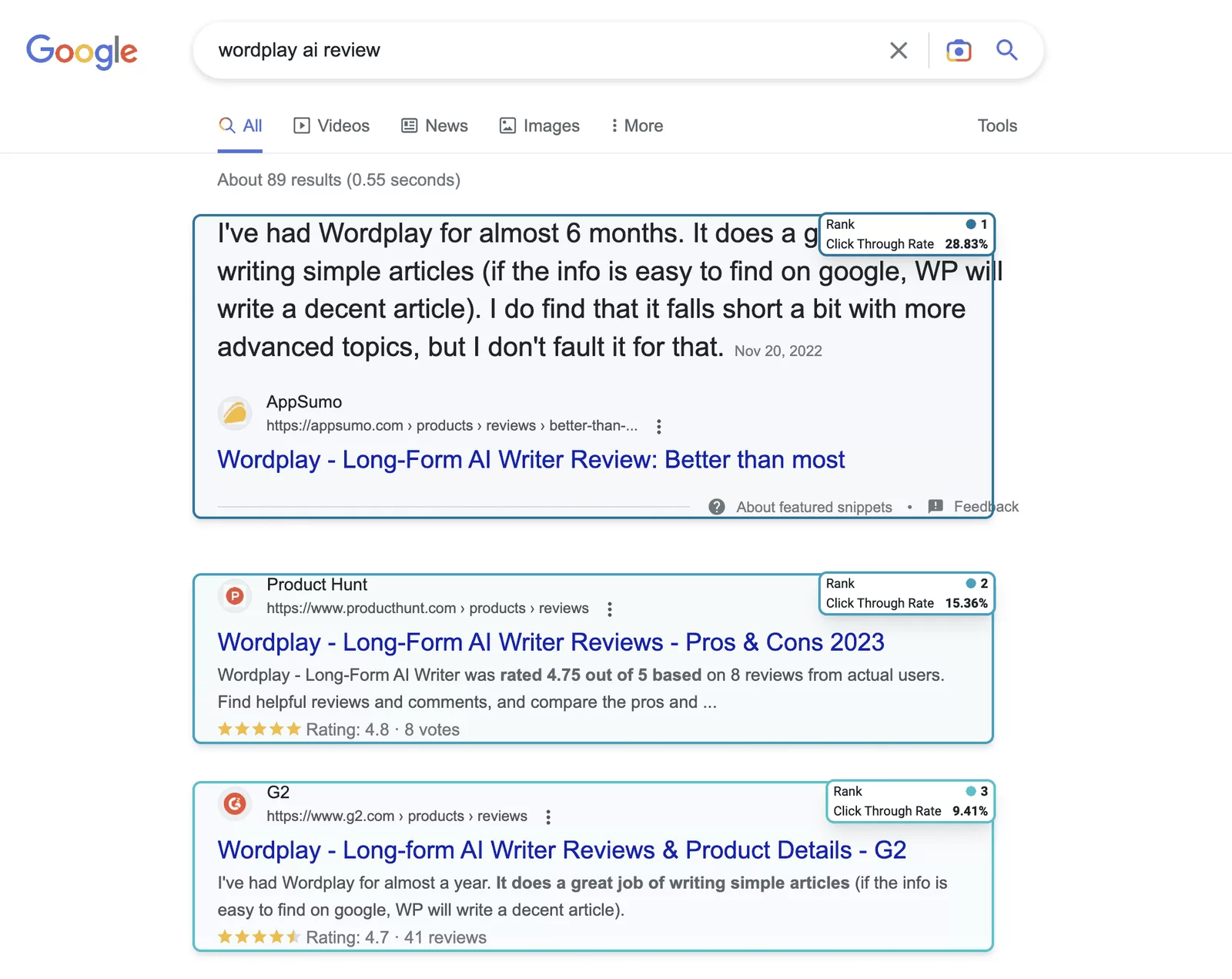
SEM is a digital marketing technique that focuses on increasing visibility and traffic to a website through paid and organic efforts. Paid search advertising, commonly known as pay-per-click (PPC) advertising, involves placing ads on search engine results pages (SERPs) and paying each time someone clicks on your ad.
1. Get familiar with SEM: Firstly, it’s essential to get a good understanding of what SEM is all about. SEM involves promoting your website by increasing its visibility in search engine result pages (SERPs) primarily through paid advertising. It also includes other search marketing tactics like SEO and PPC.
2. Know the difference between SEO and PPC: SEO is a technique that involves optimizing your website to rank higher in organic search results. On the other hand, PPC is a paid form of SEM where you pay for clicks to your website when someone searches for keywords related to your business.
3. Determine your target audience: It’s crucial to understand whom you’re targeting with your SEM strategy. Creating an ideal customer profile can help you target your ads to the right people, making your efforts more effective.
4. Choose the right keywords: Conduct keyword research to determine the most relevant keywords related to your business. Use tools like Google AdWords Keyword Planner to find the most searched-for keywords and long-tail phrases.
5. Create a compelling ad copy: Your ad copy should be catchy, informative, and engaging. It should attract the attention of users and encourage them to click on the ad.
6. Set a budget: Define your SEM budget, and allocate funds to your PPC campaign if needed. It’s important to ensure that you’re getting the best return on investment (ROI) for your budget, so make sure you’re targeting the right keywords and audience.
On the other hand, organic search engine optimization (SEO) focuses on optimizing your website’s content and structure to rank higher in SERPs.
Request Free Review
We start by reviewing your website and then take a look at your current ranking in SERPs.
- Unlock Your Website’s Potential with Our Comprehensive Analysis.
- Outrank Your Competitors with Our Expert Insights and Recommendations.
- Ways for increasing website traffic.
- Get Tailored Recommendations to Achieve Better Results Online.
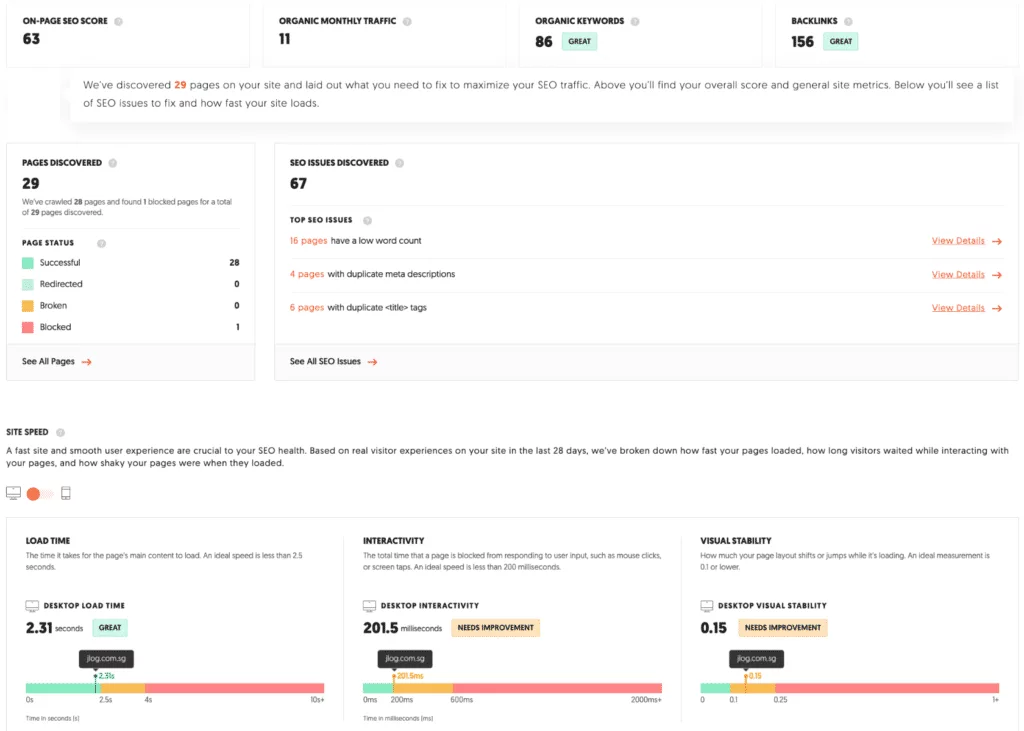
Conducting Keyword Research
One of the most crucial aspects of SEM is keyword research. Keyword research involves identifying the keywords and phrases that your target audience is using to find businesses like yours. Tools like Google Keyword Planner and SEMrush can help you identify relevant keywords and analyze their search volume and competition.
Now, it’s time to dive into the crucial aspect of conducting keyword research to achieve prominence in search engine results pages (SERPs). Here are some essential tips you need to follow to conduct effective keyword research:
1. Develop a List of Seed Keywords
Start by developing a list of seed keywords related to your product, service or content area. Use relevant industry terminology, synonyms and phrases that you think users would use to search for your product or service. These seed keywords will act as a foundation for further researching long-tail and short-tail keywords in your niche.
2. Find Related Keywords and Phrases
Use keyword research tools such as Google Keyword Planner, SEMrush, Moz Keyword Explorer, or Ahrefs to find related keywords and phrases. These tools will also provide you with relevant data like cost-per-click (CPC), search volume, competition, and keyword difficulty, which will help you to choose the right keywords for your campaign.
3. Analyze Competitor Keywords
Identify the keywords that your competitors are ranking for and analyze their performance. Look for gaps in their keyword strategy and find ways to exploit them. Use tools like SpyFu, SEMrush, or Ahrefs to conduct a competitive analysis.
4. Target Long-Tail Keywords
Long-tail keywords are phrases that contain three or more keywords that cater to a specific search intent. They might have a lower search volume but are more targeted, which means that they can drive more qualified leads to your website. Identify long-tail keywords that are relevant to your business and optimize your website around them.
5. Group and Categorize Your Keywords
Organize your keywords into groups and categories based on their relevance and search intent. This will make it easier to create targeted content for each group of keywords, which will rank higher in SERPs.
6. Refine Your Keyword List
Refine your keyword list based on the data you have collected. Choose the most relevant and profitable keywords for your campaign, and use them in your website content, meta descriptions, and title tags.
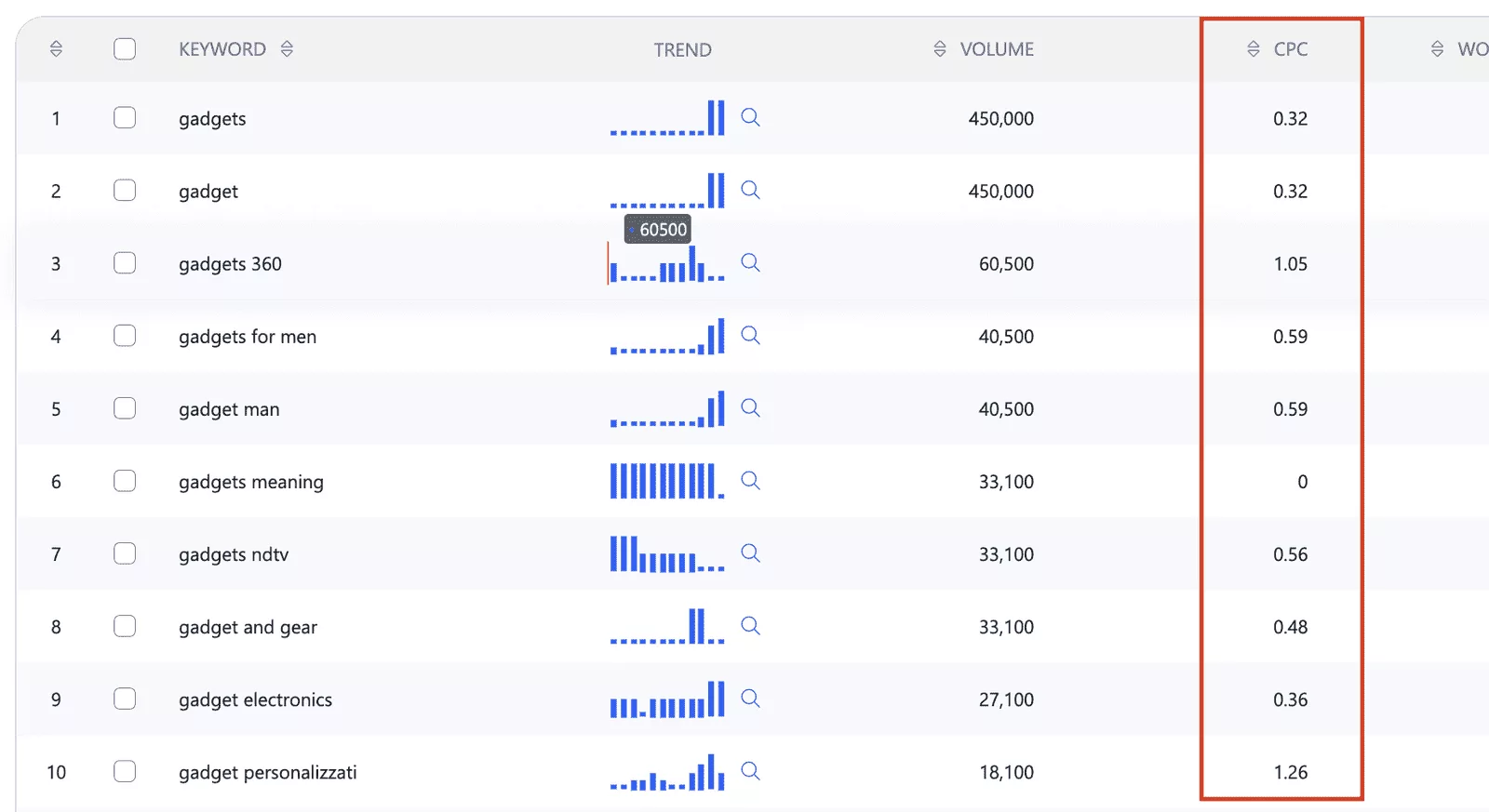
Optimizing Your Website
Once you have identified your target keywords, the next step is to optimize your website’s content and structure. Start by including your target keywords in your page titles, meta descriptions, header tags, and throughout your content. Ensure your website’s structure is easy to navigate and mobile-friendly, as this can impact your search engine rankings.
1. Start with the basics: Ensure that your website is mobile-friendly and has fast loading times. Google prioritizes websites that are optimized for mobile devices, and slow loading times can negatively affect your website’s ranking.
2. Use headings and subheadings: Organize your website content using headings and subheadings. This makes it easier for search engines to understand the structure of your website, which is a crucial factor in determining its ranking.
3. Incorporate keywords: Remember those keywords from earlier? Incorporate them into your website content, but be careful not to overdo it. Keyword stuffing can result in penalties from search engines, which will be detrimental to your website’s ranking.
4. Optimize your images: Images can add value to your website, but they can also slow down your loading times. Optimize your images by compressing them without sacrificing their quality. Also, add descriptive alt-text to your images to make them more accessible to search engines.
5. Focus on user experience: Ultimately, the goal of optimizing your website is to create a positive experience for your website visitors. Make sure your website is easy to navigate, has a clear and concise layout, and provides valuable content to your audience.

Creating High-Quality Content
Content is king when it comes to SEO. Creating high-quality content that answers your audience’s queries and provides value can help increase your website’s visibility and attract more traffic. Ensure your content is informative, engaging, and well-structured.
Here are some tips to help you create content that stands out:
1. Identify your target audience – Before you start creating content, you need to know who you are creating it for. Identifying your target audience will help you create content that is relevant and valuable to them.
2. Use engaging headlines – Your headline is the first thing that people will see when they come across your content. Make it engaging and compelling to catch their attention.
3. Create valuable content – Your content should provide valuable information that your target audience can use. Use research, case studies, and examples to support your points.
4. Use visuals – Incorporate visuals like images, infographics, and videos to make your content more engaging and easy to digest.
5. Keep it simple – Keep your language and writing style simple and easy to understand. Avoid using jargon and technical language that might alienate your audience.
Remember, high-quality content is the key to driving your search engine rankings. By creating content that is valuable, engaging, and relevant, you can attract more traffic to your site and establish yourself as an authority in your industry.
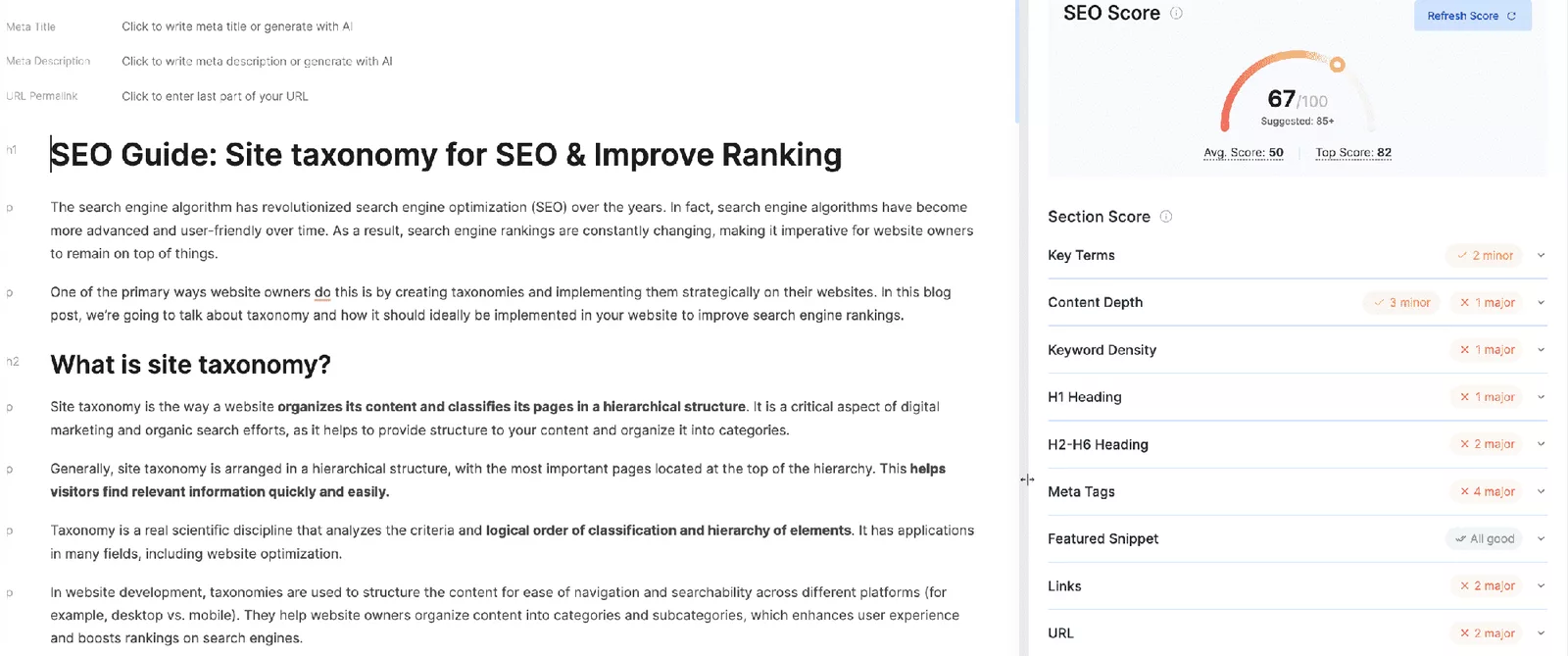
Building Backlinks
Backlinks are links from other websites that point to your website. They are a crucial factor in determining your website’s authority and can improve your search engine rankings.
Focus on building high-quality backlinks from authoritative websites in your niche. Reach out to other website owners and offer to write guest posts or collaborate on content.
But there’s still one crucial factor that could make or break your SEO success: building backlinks!
1. Understand the importance of backlinks
As we mentioned earlier, backlinks are like votes of confidence for your website. When other high-quality sites link back to your content, search engines view it as a sign of authority and relevancy. This can lead to higher rankings in search results, bringing more traffic and potential customers to your website.
2. Focus on quality over quantity
When it comes to building backlinks, it’s important to remember that not all links are created equal. Focus on getting high-quality links from reputable websites in your industry, rather than spammy links from low-quality sites. This may take more effort, but the payoff is worth it in the long run.
3. Guest blogging is your friend
Guest blogging is a great way to build backlinks while also sharing your expertise with a new audience. Look for reputable blogs in your industry that accept guest posts, and pitch them a high-quality piece of content that includes links back to your site. This can not only help with SEO, but also increase your brand exposure and credibility.
4. Ask for links from fellow bloggers
Networking with other bloggers in your industry can also lead to valuable backlinks. Reach out to other bloggers and ask if they would be willing to link back to your content if it’s relevant to their audience. Just be sure to return the favor when appropriate!
5. Monitor your backlink profile
Finally, it’s important to regularly monitor your backlink profile to ensure that you’re not getting any spammy or low-quality links. Use tools like Google Search Console to track your backlinks and disavow any that could harm your SEO efforts.
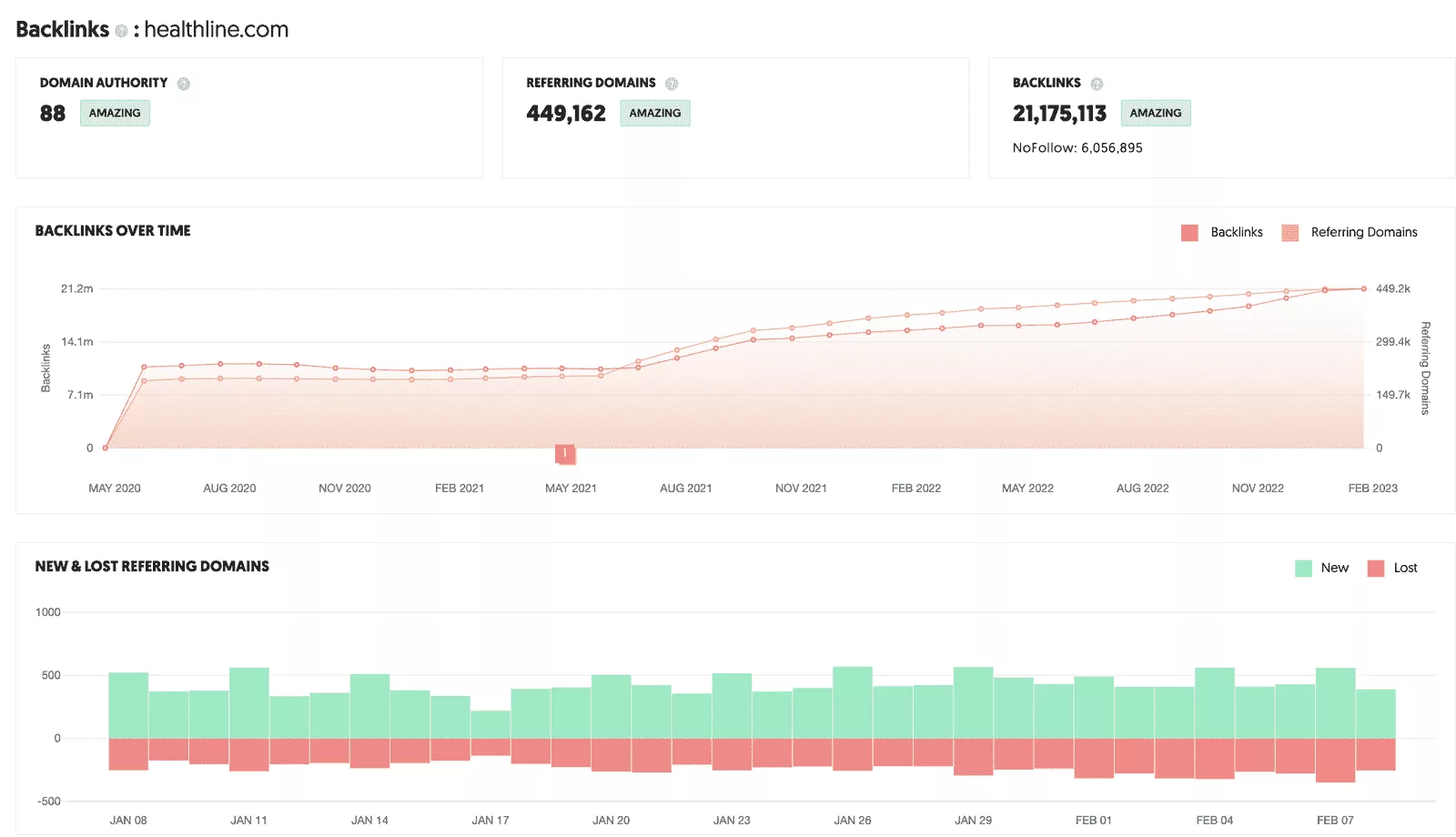
Tracking Your Results
Finally, it’s essential to track your SEM strategy’s effectiveness. Use tools like Google Analytics and SEMrush to track your website’s traffic, engagement, and conversions. Analyze your data regularly to identify areas for improvement and make data-driven decisions.
1. Look out for Improvements: It’s crucial to monitor your progress to identify areas of improvement in your search engine marketing strategy. Keep track of changes in your search rankings as well as the organic traffic you’re receiving. These metrics will give you insights into whether you’re on the right track or not.
2. Identify Your KPIs: Determine the key performance indicators (KPIs) that matter to your business. Metrics like click-through rates, bounce rates, and conversions can help you determine the effectiveness of your search engine marketing strategy. Keep an eye on these metrics and work on improving them.
3. Analyze Your Content: Content is king when it comes to search engine optimization. Analyze your content and look for ways to improve it. What topics are popular with your target audience? Are your keywords relevant and being used appropriately? Is your content engaging and informative?
4. Pay Attention to Backlinks: The quality and quantity of backlinks to your website are a significant ranking factor in search engine results. Track the number of backlinks you have and work on building more high-quality links. You can do this by guest posting, collaborating with influencers, and reaching out to other websites.
5. Stay Up-to-date with Trends: Keep track of changes in search engine algorithms and industry trends. New strategies and tools emerge frequently, and staying up-to-date is essential. Look for opportunities to optimize your search engine marketing strategy and outperform your competition.
6. Measure ROI: Ultimately, your search engine marketing efforts should contribute to your bottom line. Use analytics tools to measure ROI (Return on Investment) and identify which strategies are working best for you. Use this information to make decisions on where to invest more resources and where to adjust your approach.
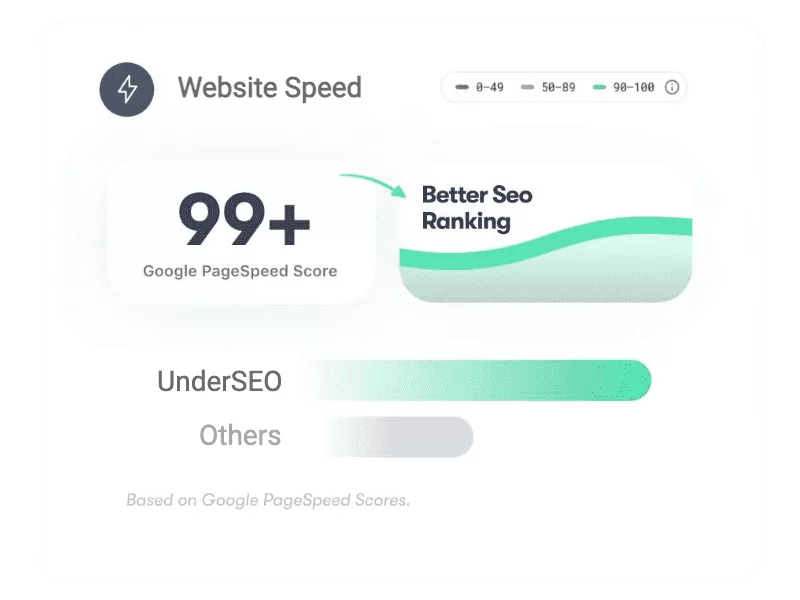
Need Some Help?
SEO Guide: How to Optimize Your Search Engine Marketing Strategy
Conclusion
Optimizing your SEM strategy requires a multifaceted approach. Conducting keyword research, optimizing your website, creating high-quality content, building backlinks, and tracking your results can all contribute to improving your online visibility and attracting more traffic to your website.
FAQs
Q1. How long does it take to see results from SEM?
A1. It can take anywhere from a few weeks to several months to see results from your SEM strategy. Be patient and consistent in your efforts.
Q2. Can I do SEM myself, or do I need to hire an agency?
A2. You can do SEM yourself, but it requires a significant time investment to learn and implement effectively. Consider hiring an agency if you don’t have the time or resources to do it yourself.
Q3. How much should I spend on PPC advertising?
A3. The amount you should spend on PPC advertising depends on your business’s size, industry, and target audience. Start with a small budget and increase it as you see results.
Q4. How often should I update my website’s content?
A4. It’s essential to keep your website’s content fresh and up-to-date to improve your search engine rankings. Update your content regularly, ideally at least once a month.

